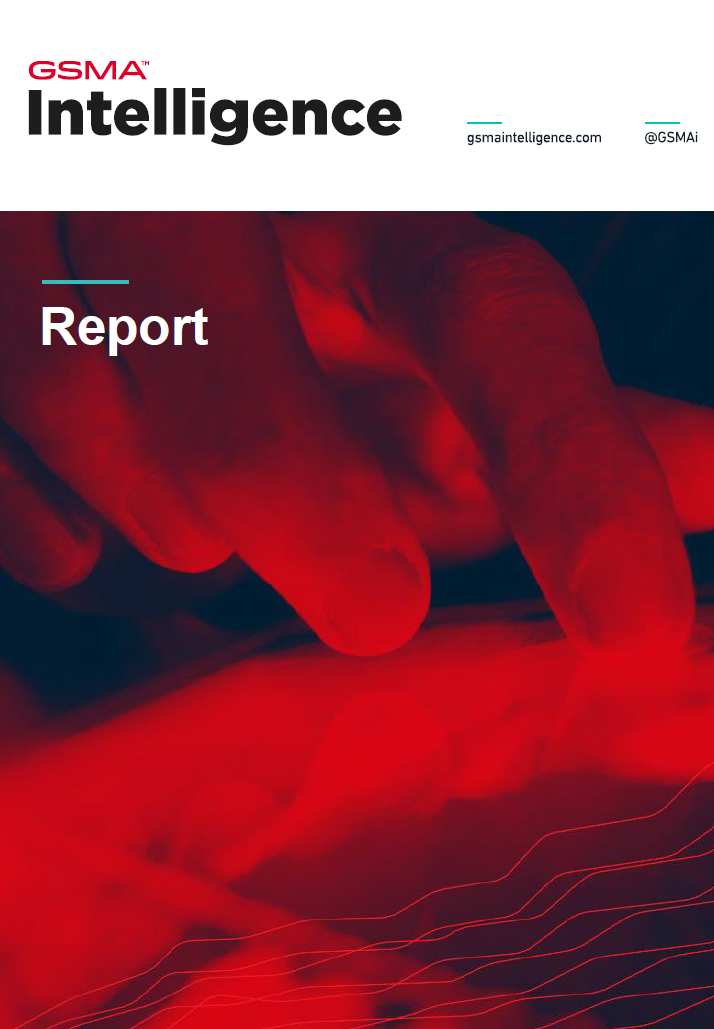Future of Devices: 5G and the China effect

This insight is available to those subscribed to the Digital Consumer module.
Report details
Future of Devices: 5G and the China effect
The smartphone is set to remain the dominant consumer device into the new decade, but the arrival of 5G will not guarantee a surge in device upgrades, according to this latest research from GSMA Intelligence. The report provides insight on consumer technology adoption trends, including the outlook for smartphones, smart speakers, wearables and other emerging categories.
The device ecosystem will be critical in shaping the trajectory of 5G adoption, but consumers in different markets will not look at 5G upgrades in the same way. Operators and device manufacturers will need to understand consumer demand on a granular level to make the most of the 5G opportunity. Only 30-40% of survey respondents in major markets such as the US, Europe and Australia said the arrival of 5G is likely to result in a smartphone upgrade in the short term. By contrast, nearly 50% of Chinese consumers plan to buy 5G phones as soon as they are available.
Fragmentation and a lack of compatibility between manufacturers continue to dampen adoption of smart home devices. However, this segment is being buoyed by the popularity of smart speakers, which are increasingly acting as a single control point within the home. Speakers have become a key battleground in the wider development of AI. Amazon and Google are furthest ahead but both face the challenge of getting customers to go beyond basic functionality to higher-value tasks.
Adoption rates of fitness trackers and smartwatches picked up in 2019, with millennials showing the strongest ownership rates. However, connected health devices continue to be sorely underrepresented among older populations. This is a missed opportunity for tech companies and governments given that such devices can facilitate remote monitoring for a range of conditions.
The report is based on GSMA Intelligence’s Consumer Insights Survey 2019, which surveyed 38,000 respondents across 36 key markets.
Report details
Future of Devices: 5G and the China effect
Related research
5G and network transformation: five trends to watch in 2026
How will the industry evolve in 2026? This series of reports highlights the key trends to watch and the implications for ecosystem players. This report examines 5G and network transformation.
5G in Context, Q3 2025
This quarterly review of global 5G developments provides a concise, tracker-style deliverable, presenting key metrics and forecasts in an easy-to-access and engaging way. GSMA Intelligence has aggregated the latest data on 5G connections and adoption, as well as information on network trials/launches and spectrum assignments.
Digital consumer: five trends to watch in 2026
How will the industry evolve in 2026? This series of reports highlights the key trends to watch and the implications for ecosystem players. This report examines the digital consumer area.
Authors
How to access this report
Annual subscription: Subscribe to our research modules for comprehensive access to more than 200 reports per year.
Enquire about subscriptionContact our research team
Get in touch with us to find out more about our research topics and analysis.
Contact our research teamMedia
To cite our research, please see our citation policy in our Terms of Use, or contact our Media team for more information.
Learn moreRelated research
5G and network transformation: five trends to watch in 2026
How will the industry evolve in 2026? This series of reports highlights the key trends to watch and the implications for ecosystem players. This report examines 5G and network transformation.
5G in Context, Q3 2025
This quarterly review of global 5G developments provides a concise, tracker-style deliverable, presenting key metrics and forecasts in an easy-to-access and engaging way. GSMA Intelligence has aggregated the latest data on 5G connections and adoption, as well as information on network trials/launches and spectrum assignments.
Digital consumer: five trends to watch in 2026
How will the industry evolve in 2026? This series of reports highlights the key trends to watch and the implications for ecosystem players. This report examines the digital consumer area.
- 200 reports a year
- 50 million data points
- Over 350 metrics
